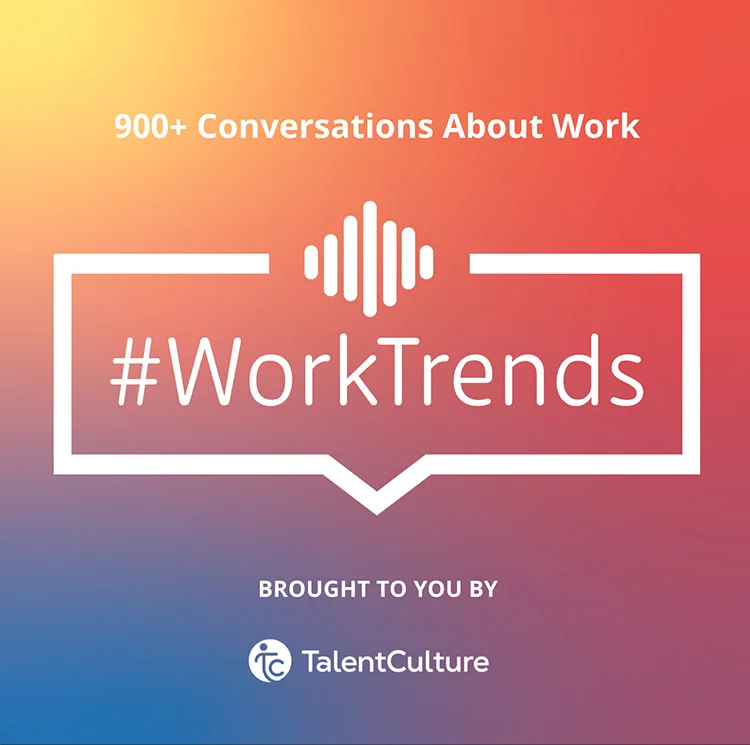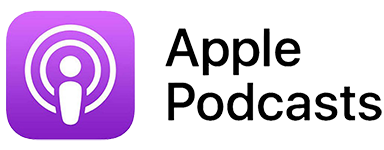Latest Episode

Hosted By
Meghan M. Biro
Sponsored by Fama. In this episode of #WorkTrends join us as we discuss how hiring, screening and monitoring online behavior are changing in today’s world of work. As digital natives make up a growing portion of the workforce, employers must adopt savvy processes to ensure safety, uphold culture and align...
#WorkTrends Podcast
#WorkTrends consistently ranks as a top 6%-7% podcast globally for downloads
within the first seven days of a new episode release.
– Buzzsprout April 2023
About the host, Meghan M. Biro
CEO of TalentCulture, Meghan M. Biro, hosts the podcast. On every episode, Meghan brings the full force of her insight as a talent management visionary, workforce innovator, digital catalyst, and respected podcaster. Episodes are an inviting, fun fireside chat with insightful guests who share the mission of humanizing work. Meghan’s warmth and humanity combined with her depth of experience with global brands such as SAP, ADP, Workhuman, and Microsoft bring out the best in guests as they discuss engaging the human connection for the betterment of work.
Connect with Meghan
Recent episodes
This is an Encore Episode of #WorkTrends Sponsored by Alpha Dental. Today we are looking at the world of business travel and addressing pain points
Sponsored by VLTED Today we are exploring how the spirit of competition can offer leaders and managers a new way to strengthen relationships among team
This is an Encore Episode of #WorkTrends Sponsored by Alpha Dental. In this episode we are discussing the world of employee benefits. We will uncover
This is an Encore Episode of #WorkTrends Sponsored by Workhuman. In this episode we will discuss organizational culture, especially how technology plays an important role
Sponsored by Darwinbox. Today we are exploring how AI is shaping HR in a myriad of ways. With curiosity in AI at an all-time high,
This is an Encore Episode of #WorkTrends Sponsored by Workhuman. Today we are exploring how to elevate human resource leaders as strategic partners in the
Accolades
- Culture Amp’s Best Employment Podcasts of 2023
- FeedSpot’s Top 10 HR Tech Podcast 2023 by FeedSpot
- FeedSpot’s 20 Best Talent Management Podcasts
- HiBob’s Best HR Podcasts 2023
- Nudge’s 5 business podcasts every deskless leader needs to hear
- Brazen’s Top 9 HR tech podcasts of 2021
- Fern’s 13 HR podcasts to listen to and learn from in 2021
- PeopleGoal’s Top 10 HR Podcasts to Fine Tune your People Processes
- CareerMind’s The 8 Best HR Podcasts This Year
- WorkStar’s 33 must-listen podcasts for HR professionals
- Employee Experience Magazine’s 20 Best HR Podcasts
- Solutions Review’s The 7 Best Talent Management Podcasts
- Solution Review’s The 5 Best Talent Management and HR Podcasts
- PlayerFM’s Future Chat Podcasts
- Voices’ Top Business Podcasts for Entrepreneurs and Leaders
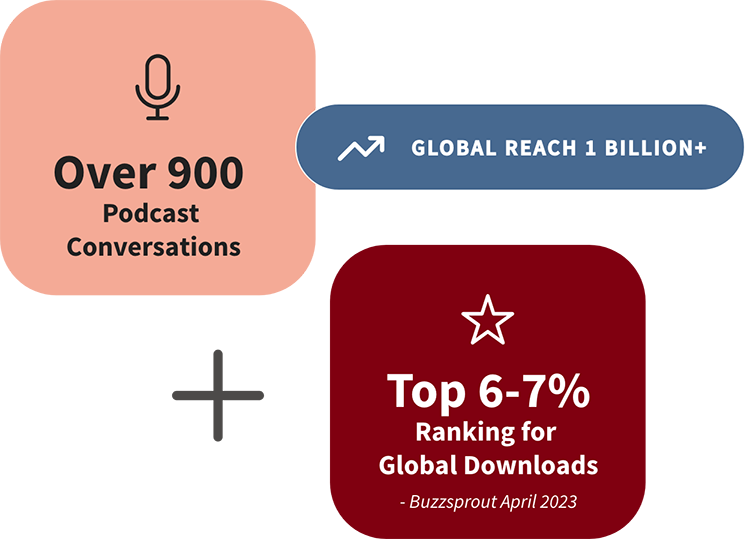
Advertise on the #WorkTrends podcast
Looking to align your company with the longest-running podcast in the HR and HR Tech space? You have options. You can select a block of sponsorships or a mid-roll ad. Either will get your brand and message heard by a large global audience of decision-makers and buyers.
Become a guest, sponsor or advertiser and join our show
Reach our large community audience by becoming a guest, sponsor or advertiser on the #WorkTrends podcast. As a guest, you’ll be fully briefed before your podcast interview. We’ll help you prepare to ensure you’re positioned as a thought leader in the world of work and that you’re ready to discuss the topic of your choosing.
Sponsors and advertisers showcase their brand message to a large, global information-thirsty audience. Sponsors receive a 10 – 15 second top-of-the-podcast acknowledgment and our advertisers a 30 – 45 second mid-roll ad.
Another popular option is our On-site Live Podcast. You select the live event, and we will accommodate you at the forum of your choice.
And since we don’t stop there, our guests, sponsors and advertisers benefit from exposure on our social channels and inclusion in our widely distributed newsletter. Whichever option you choose, we will ensure you get impact from your financial investment in the podcast!
Meet a few of our amazing sponsors
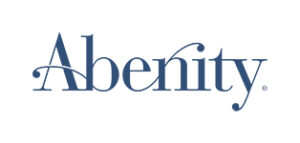
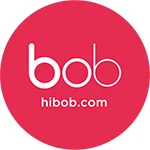
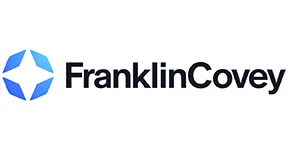

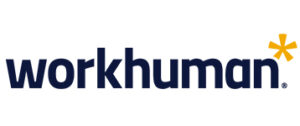
Humanizing Work
Welcome to the #WorkTrends podcast, where we cut past the clutter to ensure humanity is central to the work experience. In the crowded space of HR and HR Tech Marketing, it’s never been more important to stay up-to-date and set your brand apart as an innovative and mindful leader in the space — which is why we hope you’ll join us as a guest on the show.
Join the Show!
It’s a glimpse into the future of work, happening now, with an emphasis on recruiting to retain and fostering all forms of well-being. From the latest strategies for making employees comfortable during remote job interviews to current research on DEI and mental health to AI and self-directed learning, you’ll walk away with a list of best practices to keep up with the latest workplace news. Together, the voices of the #WorkTrends podcast help companies realize the human side of their business to work in alignment with their greatest asset: their employees.

Listeners of the show will:
- stay on top of the latest workplace news.
- foster skills and knowledge to advance their careers.
- meet a variety of thought leaders and influencers in the HR and HR Tech spaces who enlighten and entertain with data and research.

Guests of the show will:
- ensure your financial investment gets downloads.
- reach an audience of over half a million.
- impress key decision makers in the HR and HR Tech Marketing space with their clarity, insight, and expertise.
- establish their brand firmly as a standout from the pack.

